
One of the most important skills you can acquire is to learn how to read a book.
There’s an important distinction between reading for relaxation and entertainment, or reading just for information, on the one hand, and reading for understanding, for deepening your mind, and for acquiring insight, on the other.
 Mortimer J. Adler–who wrote the classic “How to Read a Book” in 1940–explains the art of reading consists of having the skills required to take a book and use it to lift your mind up from understanding less, to understanding more. Adler’s book, which was rewritten with the collaboration of Charles Van Doren in the 1970’s, will initiate you into the true art of reading. This post will show you how the wisdom contained in “How to Read A Book” will make all your future reading more enjoyable and worthwhile. In addition, it will show you how to use books written by others to create something new.
Mortimer J. Adler–who wrote the classic “How to Read a Book” in 1940–explains the art of reading consists of having the skills required to take a book and use it to lift your mind up from understanding less, to understanding more. Adler’s book, which was rewritten with the collaboration of Charles Van Doren in the 1970’s, will initiate you into the true art of reading. This post will show you how the wisdom contained in “How to Read A Book” will make all your future reading more enjoyable and worthwhile. In addition, it will show you how to use books written by others to create something new.
Reading for Information v. Reading for Understanding
Adler and Van Doren explain that the goal that you set for yourself when you’re going to read any text-whether you’re reading for entertainment, information or understanding-should determine the way in which you read. Reading for entertainment is very simple.
But what’s the difference between reading something for information, and reading for understanding?
When you read something–such as a magazine, a newspaper, a blog post, and so on–which is completely intelligible to you, your store of information might increase, but your understanding doesn’t. Your understanding was equal to these texts before you read them. Otherwise, you would have felt the puzzlement and perplexity that comes with reading something that is out of your depth.
When you read something that at first you don’t completely understand, then what you’re reading is initially higher than you are. The text contains insights which you lack. If you manage to acquire greater understanding after having read some text, you’ve elevated yourself through the activity of reading.
How to Read a Book – The Four Levels of Reading
The authors of “How to Read a Book” explain that there are four levels of reading, which are cumulative. That is, you can’t move on to the next level until you’ve mastered the one before. The four levels of reading are the following:
1. Elementary
Elementary is the level of reading that is ordinarily learned in elementary school. A child that is learning to read is simply trying to make sense of the squiggly lines on the page. The question at this level is: What does the sentence say? If the sentence says, “The cat sat on the hat”, that’s all the teacher wants to know.
If you try to learn a foreign language as an adult, at first, you would be back at this level. Also, if you’re trying to read at college level, but you lack the necessary vocabulary, or knowledge of grammar and syntax, you will need help with elementary reading. The current educational system often stops at the elementary level, and fails to move on to the next three reading levels.
2. Inspectional
Inspectional reading is scanning and superficial reading. You do this in order to get a general idea of what a text is about, and the type of information that it contains, in order to determine whether it’s something which you’re actually going to take the time to sit down and read.
At this level you want to know what type of book it is –a novel, a biography, a historical treatise, and so on–and what the book is about. You’re just acquiring superficial knowledge of the book at this point: it’s as if you were on a reconnaissance mission.
3. Analytical
Analytical reading is thorough reading. This level of reading is very active: the reader is making the book his or her own. Analytical reading is done for the sake of understanding.
The authors of “How to Read A Book” point out that Francis Bacon once remarked that “some books are to be tasted, others to be swallowed, and some few to be chewed and digested.” Reading a book analytically is chewing and digesting it.
4. Syntopical
When reading syntopically, the reader reads several books on the same topic, not just one. The objective is to be able to construct an analysis of the subject matter which cannot be found in any of the books. You’ll be making novel connections and coming up with new insights.
The levels of reading are further discussed and explained below.
Level Two: Inspectional Reading
Even though “How to Read A Book” devotes a chapter to the elementary level of reading, we’re going to jump straight into level two: inspectional reading.
The first thing you want to do when you pick up a book is decide what you want to get out of reading the text that’s in front of you. Are you reading for pleasure? Are you looking for an answer to a specific question? Do you want to gain general-knowledge of the subject matter of the book? What do you want to know, or what do you want to be able to do, after reading this text?
Once you know your purpose for reading the text, set a limited amount of time which you’re going to use to inspect the text in order to determine whether it’s going to help you to achieve your goal. Inspectional reading consists of two different steps: the first step is systematic skimming, or pre-reading; and the second step is superficial reading.
Systematic Skimming
Here are some suggestions offered by Adler and Van Doren on how to skim a book:
- You can start skimming the book by looking at the book’s subtitle, which will probably give you an indication of the scope and aim of the book. Flip the book over and look at the back cover, which usually contains information about what’s inside the book. If the book has a dust jacket, read the jacket flaps. These often contain good summaries of the most important points developed in the book.
- Place the book in the appropriate category in your mind: What genre does it belong to? What type of book is it? If you walk into a classroom in which a teacher is lecturing, the first thing you want to know is whether it’s a history, science, or philosophy class. Likewise, you want to know what type of book you have in your hands.
- Study the book’s table of contents to get a general idea of how the book is structured. In a good nonfiction book the table of contents will probably be similar to an abbreviated outline of the book.
- Check the index, if the book has one. Look at the range of topics, and the types of books and authors that the book refers to. Identify crucial terms by the number of references under them. You might want to go ahead and read some of the passages that contain these crucial terms in order to get an idea of the crux of the book, and what the author’s main arguments are.
- Read the book’s introduction, preface, and foreword. If the most important chapters in the book contain summaries, read those.
- Now start leafing through the book, quickly dipping in and out, reading a paragraph here and there. If something catches your attention, you may want to read two or three pages in sequence, but no more than that.
Once you’ve skimmed the book in this way you should be able to decide whether the book is likely to meet your objectives, and is therefore something you’re going to read carefully, or if you’re just going to set it aside. Even if you decide not to read the book at this point, it’s now part of your mental catalogue and you may decide to read it at some future date.
Superficial Reading
If you decide, after skimming, that the book meets your objectives and that you’re going to go ahead and read it, then move on to the second step in inspectional reading, which is to read the book superficially.
The authors explain that the first time that you read a difficult book you should read it once through without stopping to look up terms that you don’t understand, or ponder over concepts that are new to you. Just pay attention to what you do understand, and don’t worry about those things which you can’t immediately grasp.
Adler and Van Doren are not suggesting that you avoid consulting a dictionary, an encyclopedia, or other materials and references in order to try and make sense of the difficult passages in a text that you’re trying to read. They just caution that you shouldn’t do it prematurely.
When you’ve read through the book once superficially, you can go back to the parts that you didn’t understand and look up anything that you want to.
Why is it so important that you read the book once through without stopping?
- First of all, what you understand the first time you read the book–even if it’s just about 50% of the text–will help you to make sense of the rest of the book the next time you read it.
- Second, if you stop frequently to look things up it’s very likely that you’ll get frustrated and bored, decide that the book is too difficult for you, and just set it aside.
- Third, constant starting and stopping may make you miss the forest for the trees.
- And fourth, reading the book quickly once through will allow you to form your own impressions about the book, before you start reading commentaries by others on what the book is trying to say.
Make the Book Your Own
The authors of “How to Read a Book” are big proponents of marking up your books. They say the following:
“When you buy a book, you establish a property right in it, just as you do in clothes or furniture when you buy and pay for them. But the act of purchase is actually only the prelude to possession in the case of a book. Full ownership of a book only comes when you have made it a part of yourself, and the best way to make yourself a part of it—which comes to the same thing—is by writing in it.”
While reading a book, you should be holding a conversation with the author, asking questions, making comments, and so on. Do the following:
- Write your questions and comments in the margins.
- Underline key sentences.
- Circle things you want to come back to.
- Place an asterisk next to a passage you find particularly interesting.
- Highlight key words.
- Write your observations and short summaries of what you have just read at the top and bottom of the page.
- Place the number of other pages which are related in the margin.
Make the book your own.
Level Three: Analytical Reading
Analytical reading–the third level of reading–consists of three different stages. Each stage consists of several rules, for a total of fifteen rules of analytical reading. This is further developed below:
First Stage: What Is the Book About As A Whole?
The first stage of analytical reading consists of 4 rules which have the objective of helping you to determine what the book is about and to outline its structure. These four rules are:
Rule 1. Classify the book according to kind and subject matter.
Rule 2. State what the whole book is about with the utmost brevity. That is, you’re going to state what the book’s theme is–its main point– in a single sentence, or at most a few sentences (a short paragraph).
Rule 3. Divide the book into its main parts and outline those parts.
Rule 4. Define the problem or problems the author is trying to solve. What questions is the author trying to answer?
Second Stage: What is Being Said in Detail, and How?
The second stage of analytical reading consists of four rules for interpreting the book’s contents:
Rule 5. Understand the terms and keywords the author uses. Keywords are those which are emphasized, repeated, defined, and/or italicized. You can find the meaning of those words from the context.
Rule 6. Grasp the author’s most important propositions. Propositions are the author’s judgments about what is true or false. They’re also the author’s answers to the questions he or she posed in the book.
Rule 7. What are the author’s arguments in support of his or her conclusions? What are the grounds, or reasons, the author gives for having arrived at his or her judgments and conclusions?
Rule 8. Determine which of his problems the author has solved, and which he has not; and as to the latter, decide which the author knew he had failed to solve.
Third Stage: Do You Agree With the Author’s Arguments and Conclusions? What of it?
The third stage of analytical reading sets down the rules for criticizing the book.
Rule 9. You must be able to say, with reasonable certainty, “I understand,” before you can say any one of the following things: “I agree,” or “I disagree,” or “I suspend judgment.”
Do not begin criticizing until you have completed your outline and your interpretation of the book. As Adler and Van Doren point out: “Reading a book is a kind of conversation. The author has had his say, and then it is the reader’s turn.”
Rule 10. When you disagree, do so reasonably, and not disputatiously or contentiously.
Rule 11. Demonstrate that you recognize the difference between knowledge and mere personal opinion by presenting good reasons for any critical judgment you make.
Rule 12. Show wherein the author is uninformed.
Rule 13. Show wherein the author is misinformed.
Rule 14. Show wherein the author is illogical.
Rule 15. Show wherein the author’s analysis or account is incomplete.
Level Four: Syntopical Reading
It’s been said that anyone can read five books on a topic and be an expert. However, becoming an expert really depends on how you read those five books. If you read them analytically, you’ll be able to give a good explanation of the arguments and opinions presented by the five different authors that you just read.
But what you really want to do is read the five books syntopically, so that you can develop and present your own unique perspective and insights, make novel connections, and contribute something new to the field. That’s what will really make you an expert.
Inspectional reading (reading level two) is critical to syntopical reading. Once you’ve put together a bibliography of books on your subject-matter which look promising, you must quickly indentify which of these are among the best five (10, or 15). You do this by inspecting all of the books on your list. Once you’ve decided which books deserve the time and attention to be read carefully, you can apply the five steps of syntopical reading.
The five steps of syntopical reading are the following:
Step 1: Find the relevant passages. You’re going to inspect the books you’ve chosen once again in order to select the passages from the books which are most germane to your needs. It is unlikely that any of the books will be of use to you in its entirety.
Step 2: Establish a common terminology. In analytical reading, you identify the author’s chosen language by spotting the author’s terms of art and keywords. But now you’re faced with a number of different authors, and it’s unlikely that they all use the same terms and keywords. At the syntopical level of reading you’re going to either choose the terms and keywords used by one of the authors, or come up with your own terminology.
Step 3: Clarify the questions. Decide which are the questions that you’re going to answer. You want to come up with a set of questions which shed light on the problem which you intend to solve. At the same time, the questions should be stated in such a way that all, or most of, the authors that you’re reading can be interpreted as giving answers to them.
Step 4: Define the issues. It’s very likely that not all of the authors answered your questions in the same way. When experts have differing or contradictory responses to the same question, this means that an issue has been defined.
Step 5: Analyze the discussion. Now you’re free to analyze the discussion. Identify and compare where each of the authors stands on the issue you’ve identified.
- Why are the authors saying what they’re saying?
- Who do you agree with? Why?
- Did you come up with an entirely different conclusion (thereby adding unique value)?
You’re holding a discussion with the experts on the issues which you’ve identified, and by this point you should be conversant enough on the subject matter to be able to hold your own.
Conclusion
If you follow the process laid out in “How to Read a Book”, you’ll be continuously lifting your mind by reading–and understanding–books which contain insights and perspectives which are new to you. In addition, you’ll be able to become an expert in your chosen topic by using books written by others in order to ask your own questions, come up with your own answers, discover new connections, and draw new conclusions.
Live your best life by mastering the true art of reading.





Related Posts:







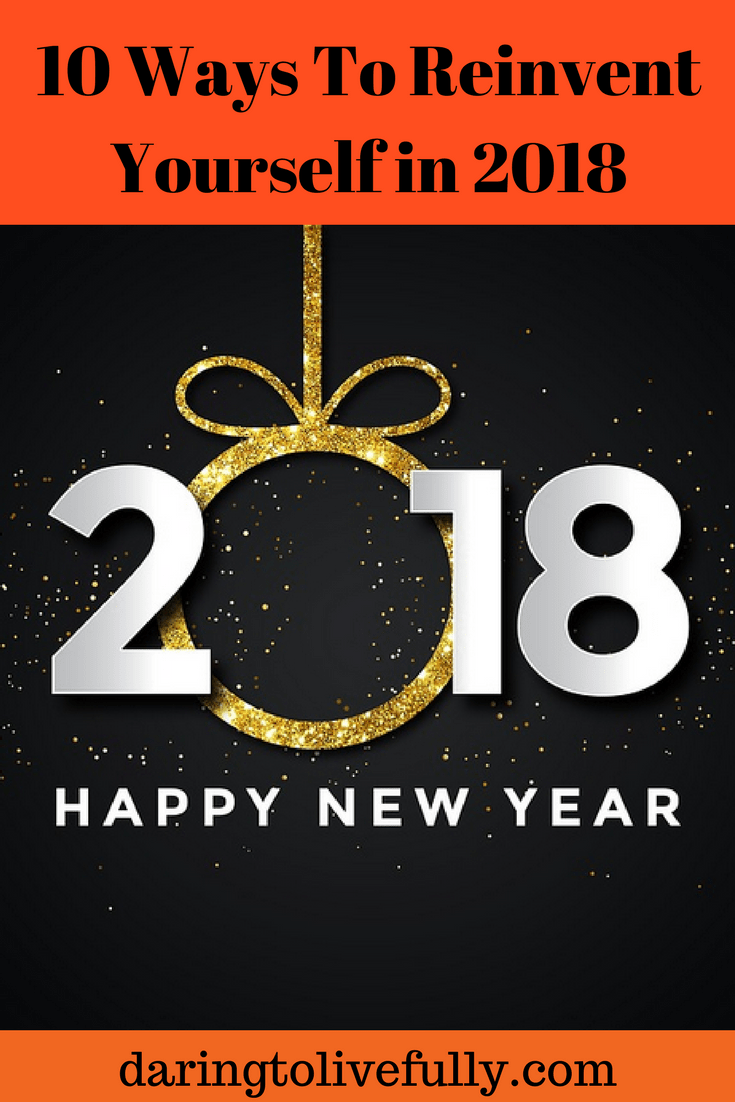





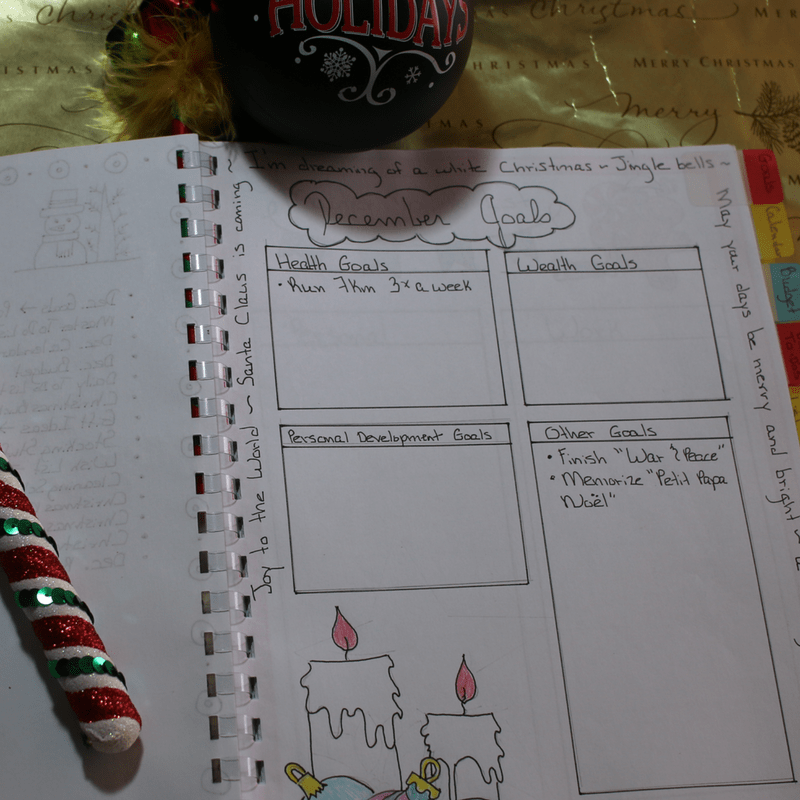

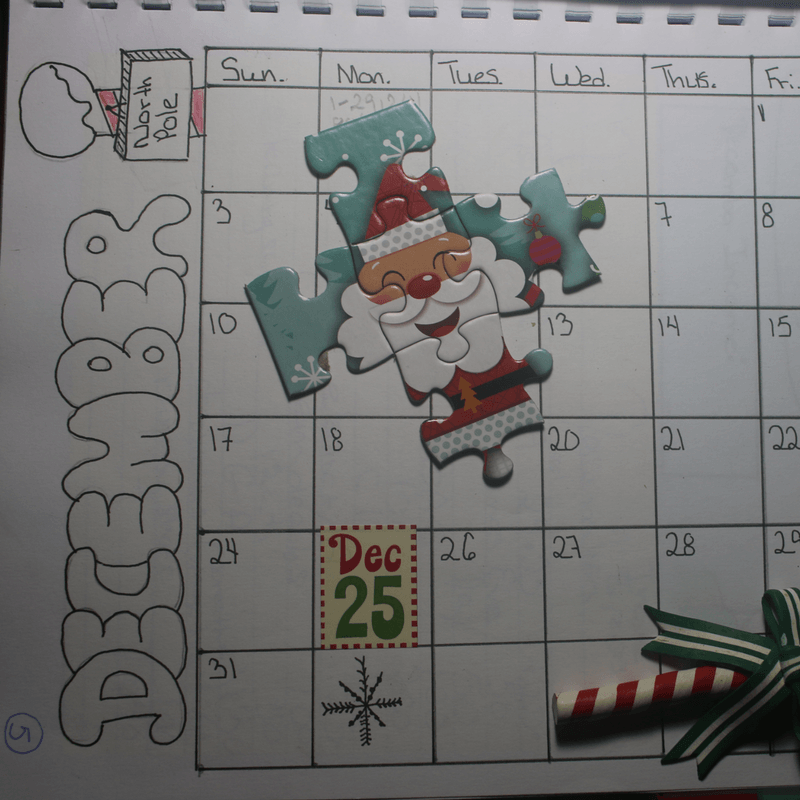
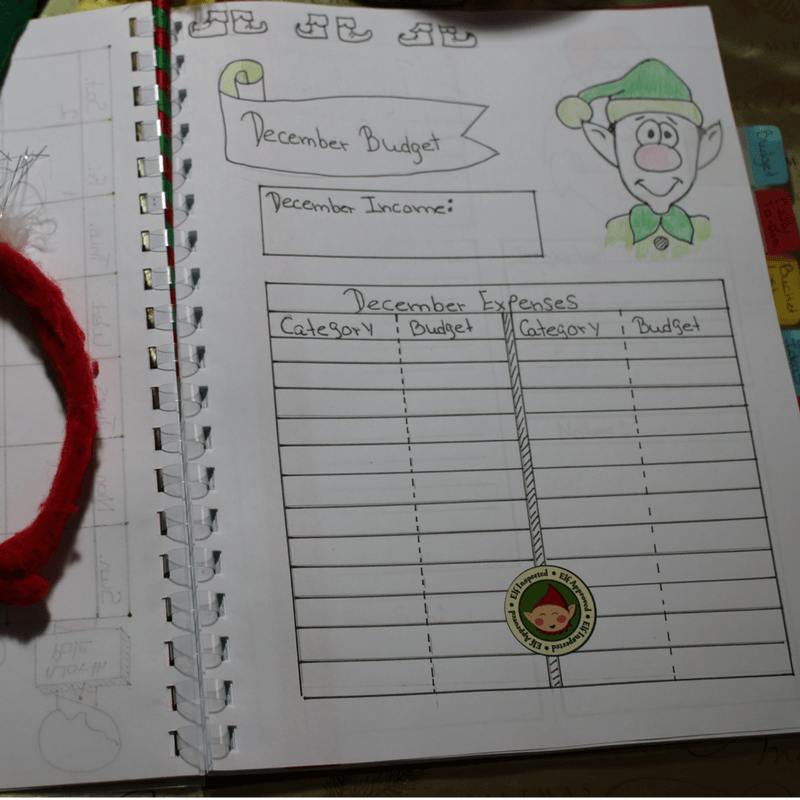
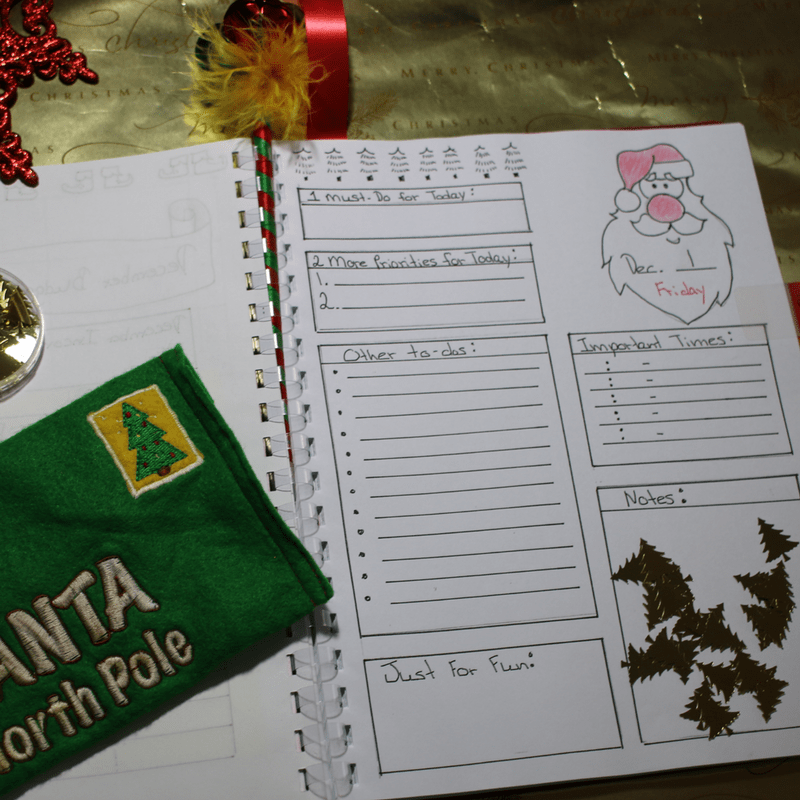



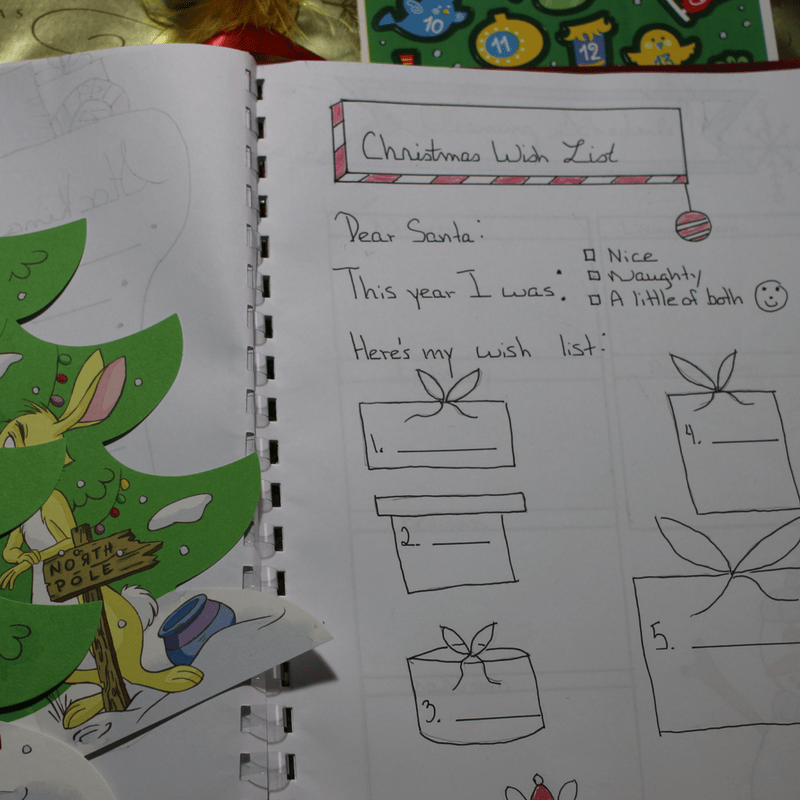
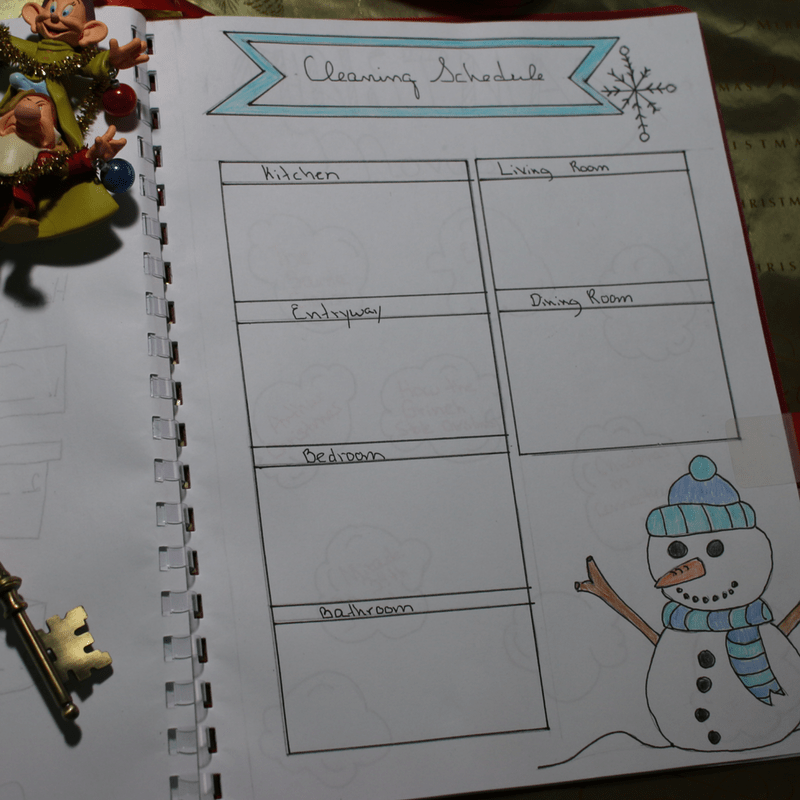


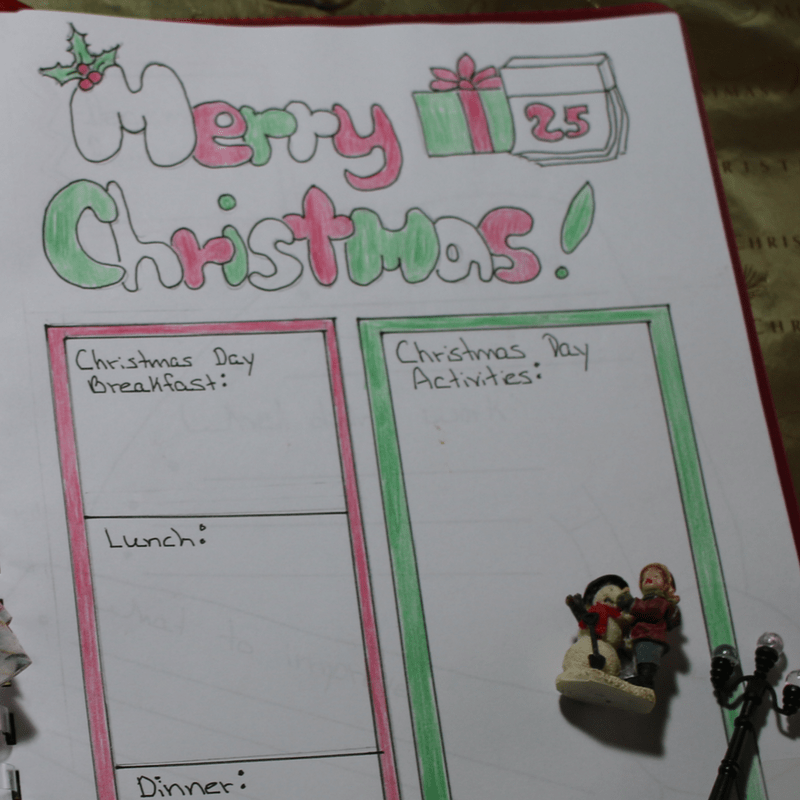
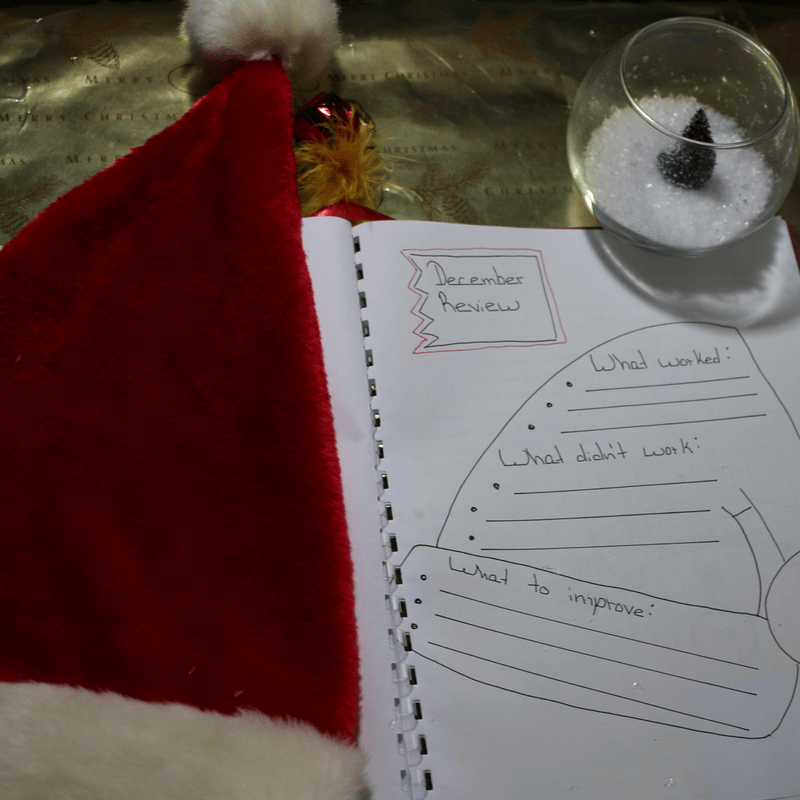
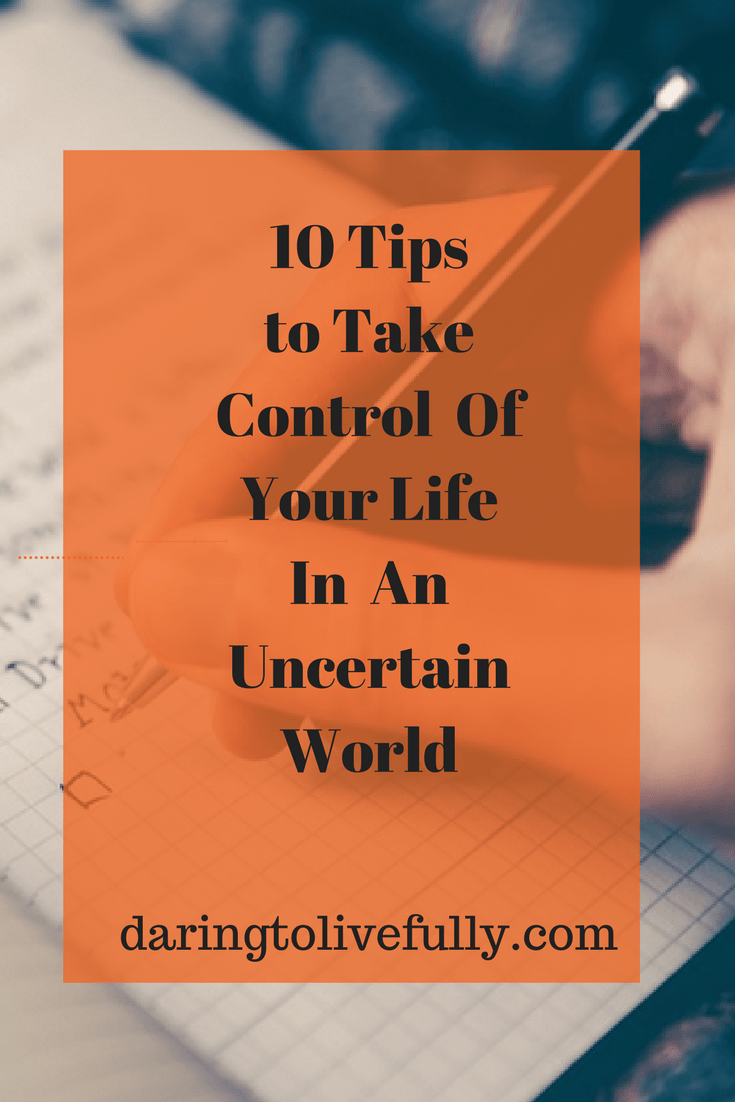
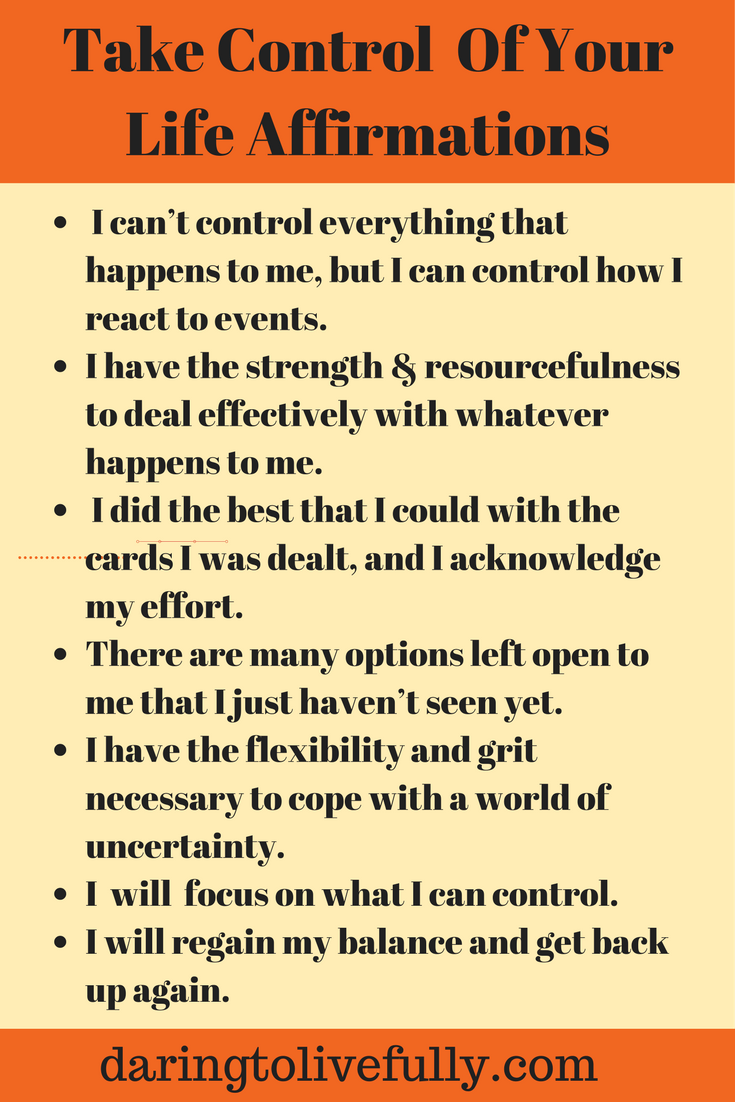


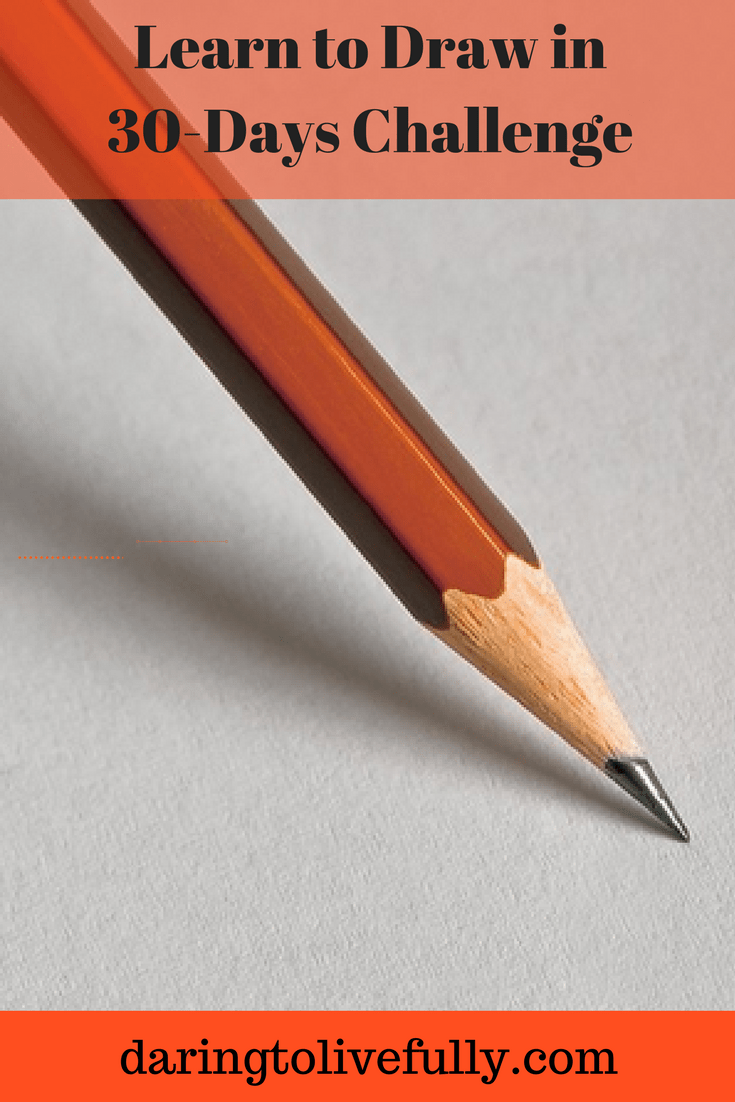
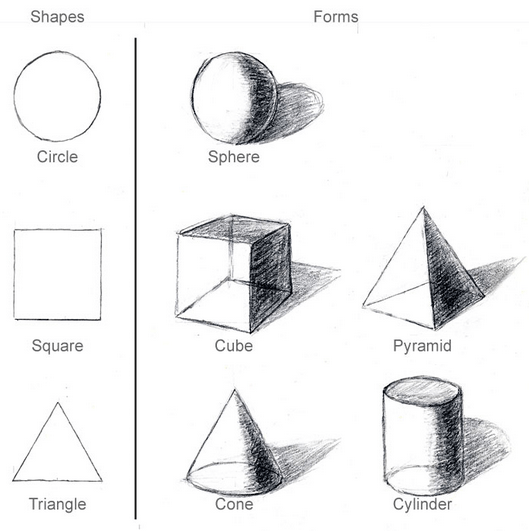





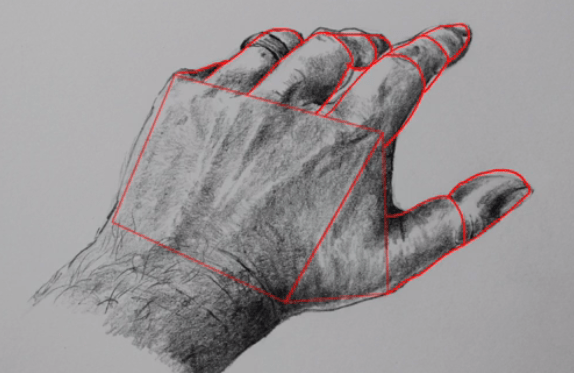
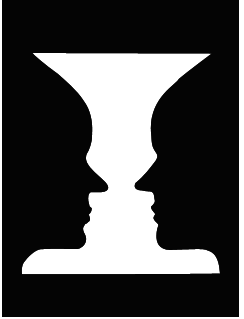

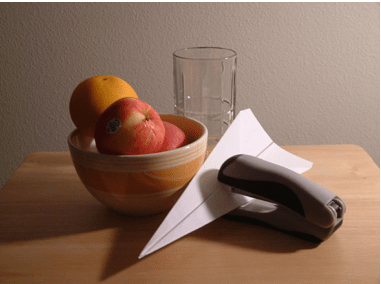

 Marelisa Fabrega is a lawyer and entrepreneur. She holds a Bachelor of Science in Business Administration from Georgetown University in Washington, D.C., as well as a Juris Doctor from the Georgetown University Law Center. You can learn more about her
Marelisa Fabrega is a lawyer and entrepreneur. She holds a Bachelor of Science in Business Administration from Georgetown University in Washington, D.C., as well as a Juris Doctor from the Georgetown University Law Center. You can learn more about her 





